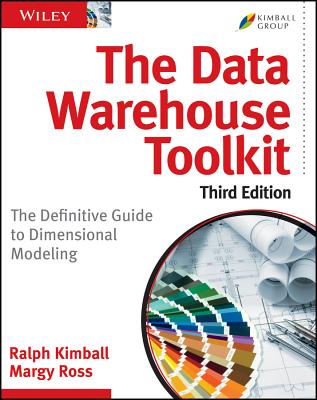20466: Implementing Data Models and Reports with Microsoft SQL Server Training in Torrance
|
We offer private customized training for groups of 3 or more attendees.
|
||
Course Description |
||
| The focus of this five-day instructor-led course is on creating managed
enterprise BI solutions. It describes how to implement multidimensional
and tabular data models, deliver reports with Microsoft SQL Server
Reporting Services, create dashboards with Microsoft SharePoint Server
PerformancePoint Services, and discover business insights by using data
mining. Note: This course is designed for customers who are interested
in learning SQL Server 2012 or SQL Server 2014. It covers the new
features in SQL Server 2014, but also the important capabilities across
the SQL Server data platform.
Course Length: 5 Days
Course Tuition: $2250 (US) |
||
Prerequisites |
|
| This course requires that you meet the following prerequisites: At least 2 yearsâ?? experience of working with relational databases, including: Designing a normalized database. Creating tables and relationships. Querying with Transact-SQL. Some basic knowledge of data warehouse schema topology (including star and snowflake schemas). Some exposure to basic programming constructs (such as looping and branching). An awareness of key business priorities such as revenue, profitability, and financial accounting is desirable. | |
Course Outline |
|
Module 1: Introduction to Business Intelligence and Data Modeling |
Course Directory [training on all levels]
- .NET Classes
- Agile/Scrum Classes
- AI Classes
- Ajax Classes
- Android and iPhone Programming Classes
- Blaze Advisor Classes
- C Programming Classes
- C# Programming Classes
- C++ Programming Classes
- Cisco Classes
- Cloud Classes
- CompTIA Classes
- Crystal Reports Classes
- Design Patterns Classes
- DevOps Classes
- Foundations of Web Design & Web Authoring Classes
- Git, Jira, Wicket, Gradle, Tableau Classes
- IBM Classes
- Java Programming Classes
- JBoss Administration Classes
- JUnit, TDD, CPTC, Web Penetration Classes
- Linux Unix Classes
- Machine Learning Classes
- Microsoft Classes
- Microsoft Development Classes
- Microsoft SQL Server Classes
- Microsoft Team Foundation Server Classes
- Microsoft Windows Server Classes
- Oracle, MySQL, Cassandra, Hadoop Database Classes
- Perl Programming Classes
- Python Programming Classes
- Ruby Programming Classes
- Security Classes
- SharePoint Classes
- SOA Classes
- Tcl, Awk, Bash, Shell Classes
- UML Classes
- VMWare Classes
- Web Development Classes
- Web Services Classes
- Weblogic Administration Classes
- XML Classes
- Introduction to Spring 6, Spring Boot 3, and Spring REST
15 December, 2025 - 19 December, 2025 - Python for Scientists
8 December, 2025 - 12 December, 2025 - Object Oriented Analysis and Design Using UML
20 October, 2025 - 24 October, 2025 - Fast Track to Java 17 and OO Development
8 December, 2025 - 12 December, 2025 - ASP.NET Core MVC (VS2022)
24 November, 2025 - 25 November, 2025 - See our complete public course listing






